We try to test each pole personally to thoroughly understand it. It is generally agreed that the best poles are light and rigid. The less flex there is when using a pole the more responsive it feels and the less fatiguing it is. The flex in a pole is often described as “whippiness”.
This is why we invented the deflection test, a standard way to test how rigid poles are. It should also be noted that this is done to the best of our ability and is designed to give an idea, but is not conducted in a scientific environment. Your results may be different to ours, please don’t blame us!
How it works
We place two safety cones 5.85m apart. We fully extend all the pole sections and suspend the pole between the tops of the two cones.
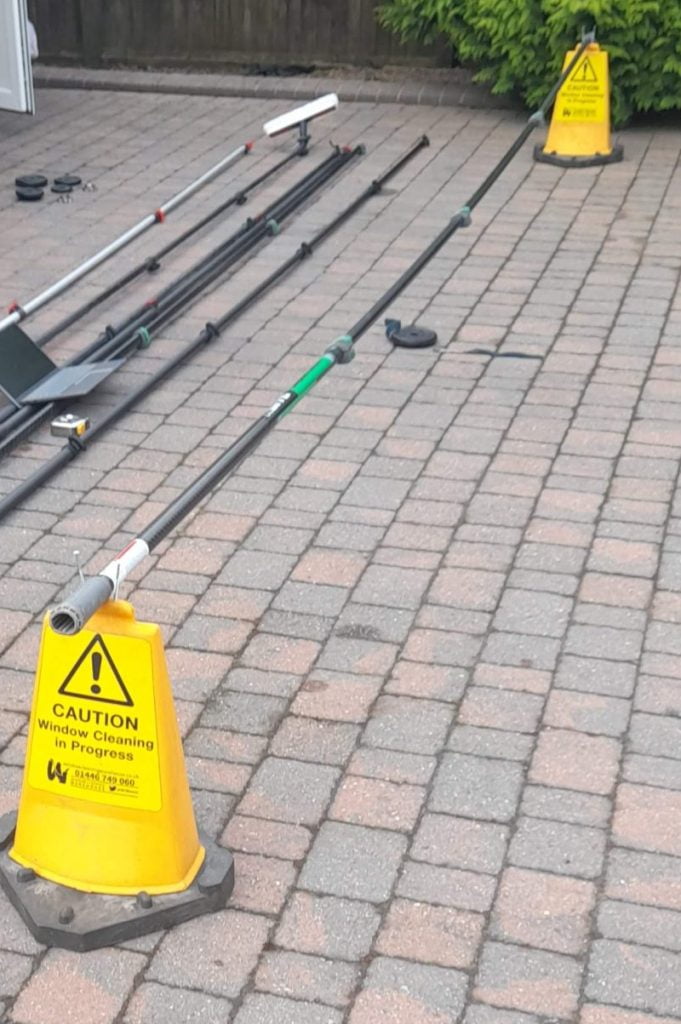
We can measure how high from the ground the pole is where it sits on the cones, so when we measure the height from the ground to the pole at the centre point, it shows us how much the pole has deflected, or sagged.
For example, if the pole is sat on the cones at a height of 470mm (the standard height of our cones) and in the centre, we measure 370mm from ground to bottom of the pole, we record the deflection as 100mm.
Afterwards, we use velcro to hang a 2.5kg weight from the centre point of the suspended pole and measure the deflection again. This gives an idea of how it will perform in day-to-day use when the pole is being swung around.
For non-round poles, we will take a measurement vertically (the same way that the pole is held in your hand) and horizontally (as if it is on its side) to give a true representation of how the pole will perform.
For long poles, we remove the sections that overhang the cones so that it does not act as a counterbalance. We feel that this gives an indication of the quality of the construction regardless of the pole length tested.
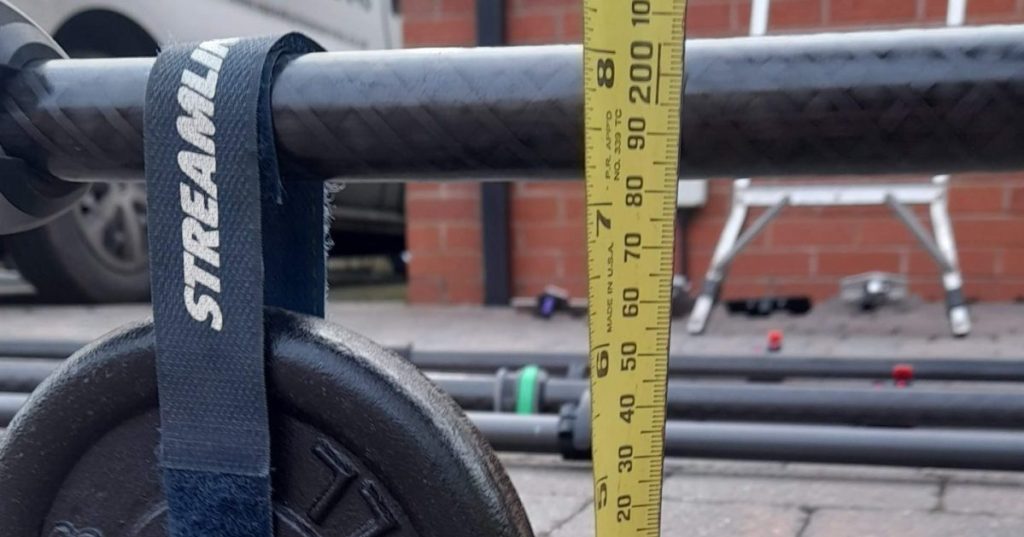
How to understand the chart
The smaller the number the better the pole has performed in our deflection test. It shows that it is rigid and will be less whippy in use.
For non-round poles, you will find the key (v) or (h) after the measurement to show if it was vertical or horizontal.
Some poles are very stiff with no weight on them but sag more with weight. Others deflect more when bare but don’t give as much as they are loaded with 2.5kg.
It is important to note that 2.5kg is not a large weight but gives an idea of how much the pole will give, and how stiff it is.
When we rate the poles, we use the following parameters:
| Combined deflection (mm) | Pole weight | |
| 5 Stars – Outstanding | Under 150 | Under 1000 |
| 4 Stars – Excellent | 151 – 180 | 1000-1150 |
| 3 Stars – Good | 181 – 210 | 1151-1300 |
| 2 Stars – Average | 210 – 240 | 1301-1450 |
| 1 Star – Poor | 240+ | 1450+ |
For non-round poles, we take the average of the vertical and horizontal deflection.
We combine the unweighted and weighted deflection to come up with the total deflection that we compare to the chart above.
So for example, the Ova8 HiMod has an un-weighted deflection of 8 vertically and 25 horizontally, giving it an average of 16.5. The weighted average is 141.5, giving us a total of 158. We can see in the table above that 158 is in the top half of the 4-star band, so we give it 4.5 stars.
Included in the table is also the limits for weight ratings. The way we rate ergonomics and clamps are really down to personal preference and are more subjective.
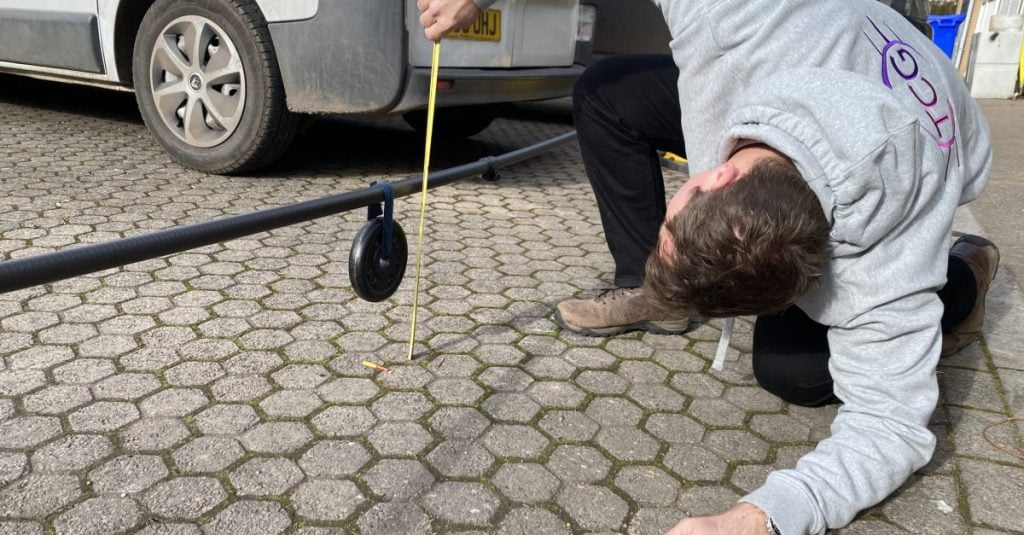
Does that mean I should buy the pole with the lowest amount of deflection?
Not necessarily.
A pole may be very stiff, but very expensive or very heavy. Or it may not score the best on the deflection test, but it may be excellent value for money. Perhaps you work out of a small van or a car, and you need a short pole that will fit in your vehicle.
The point is that we hope to give you the information that you need so that you can decide what will work best for you.
Where possible we have linked it to a full length, in-depth review of the pole so you can find out even more information to help you make the best choice!
If you are a supplier or manufacturer and want us to test your pole, please get in touch at review@thecleaningguide.co.uk and arrange to send us a pole to review.

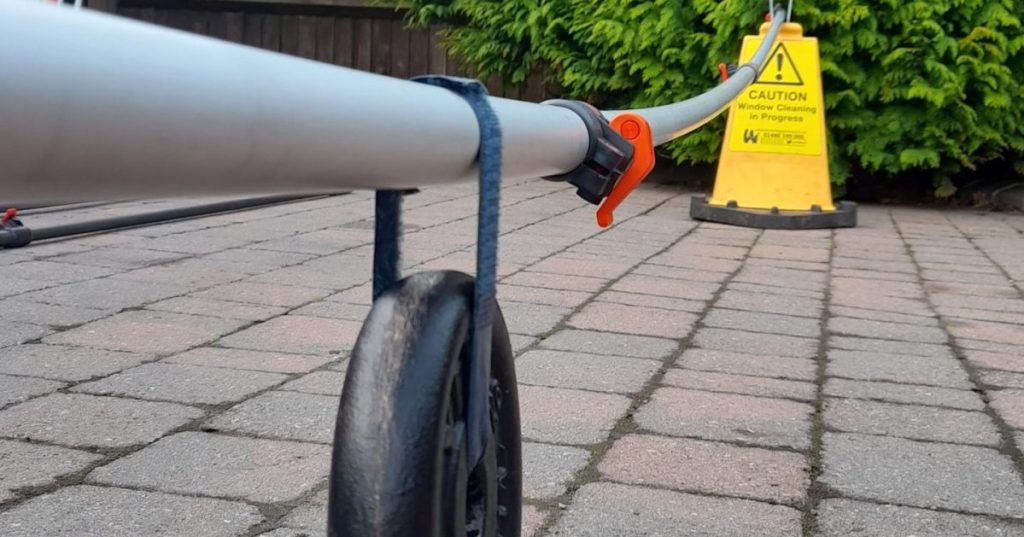
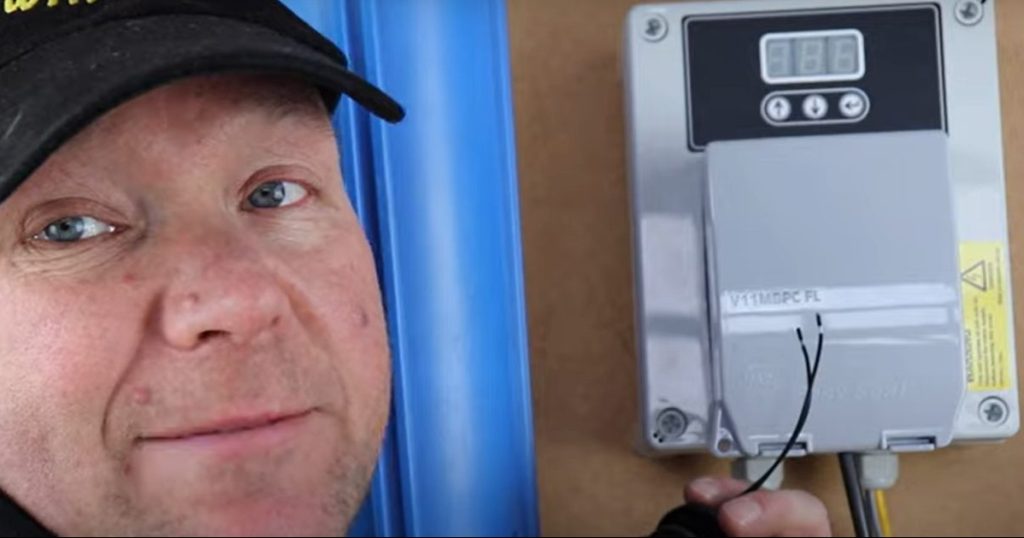
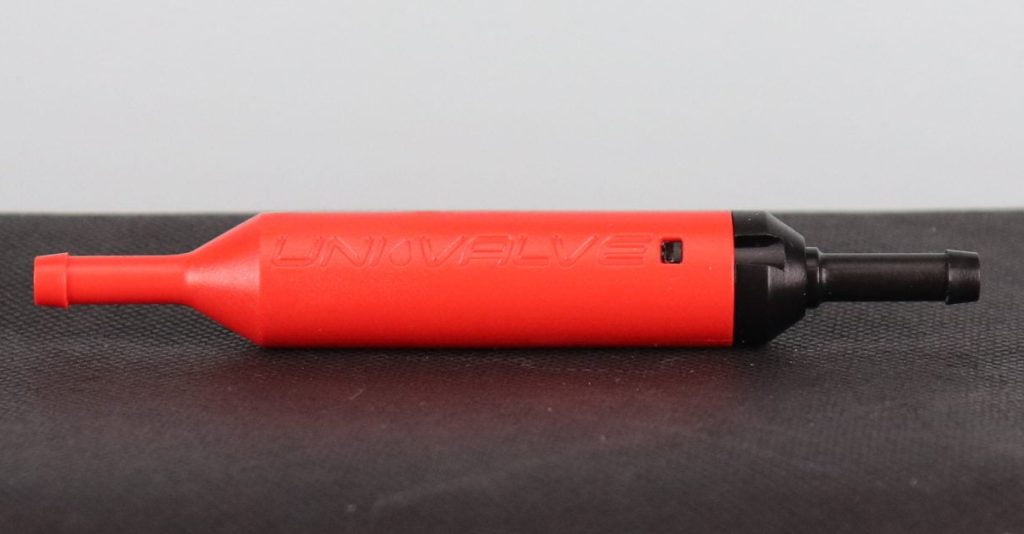
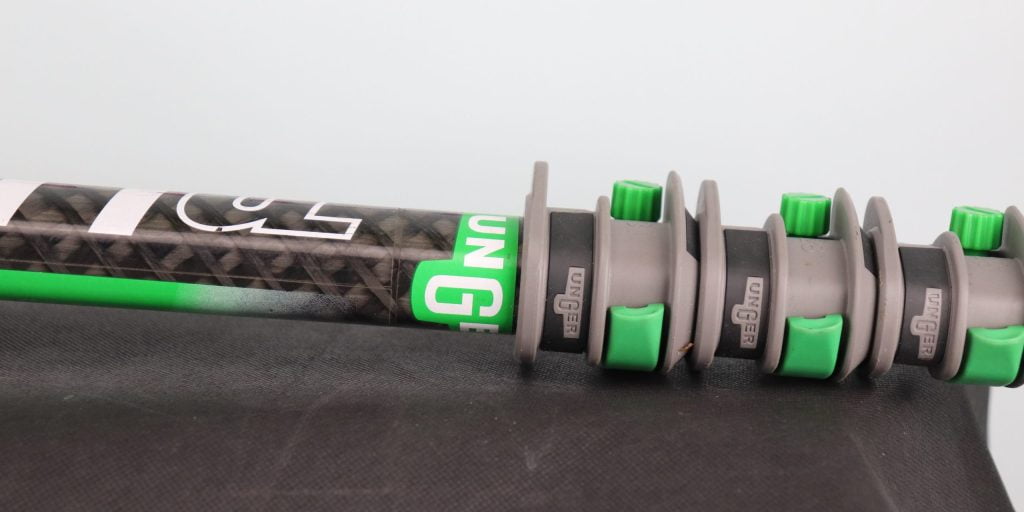
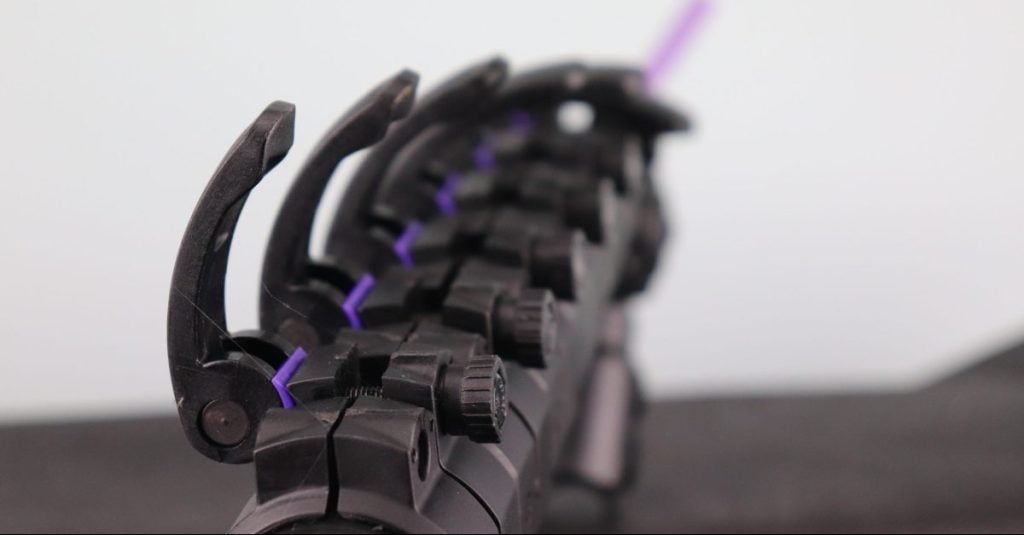
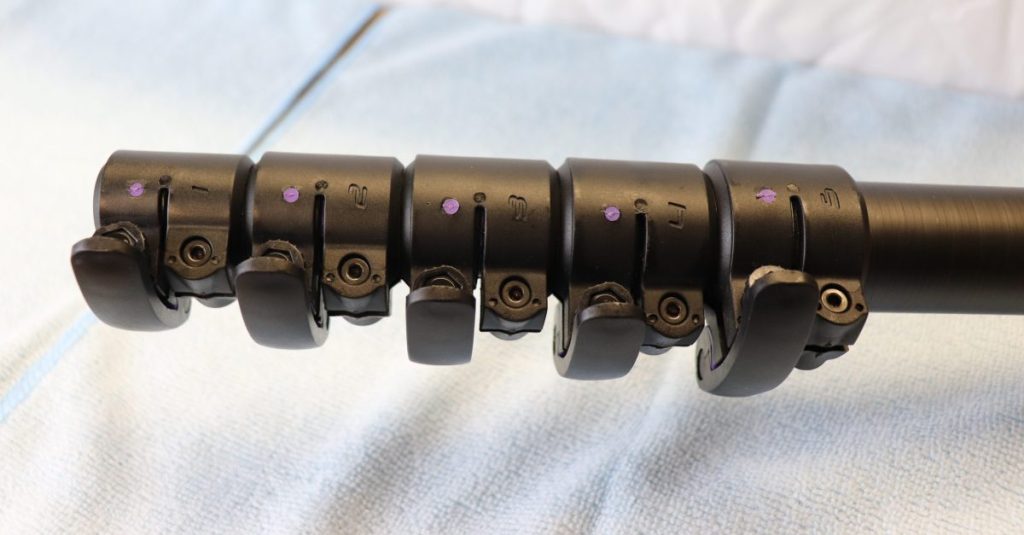
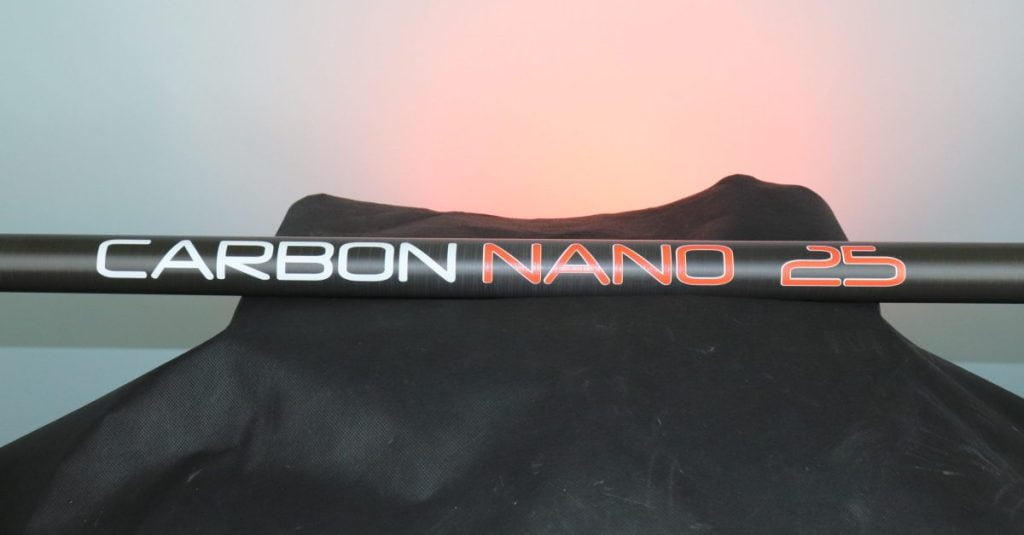
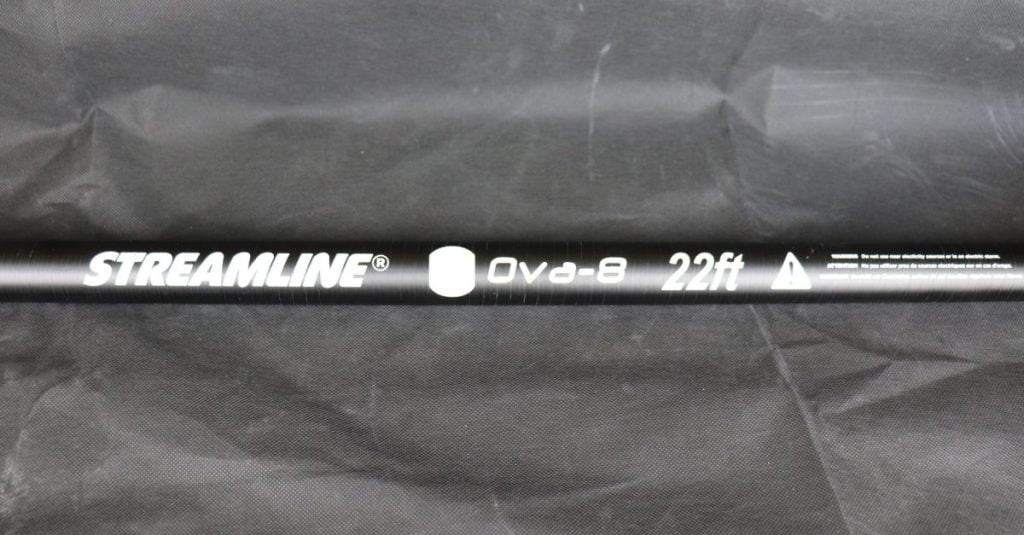
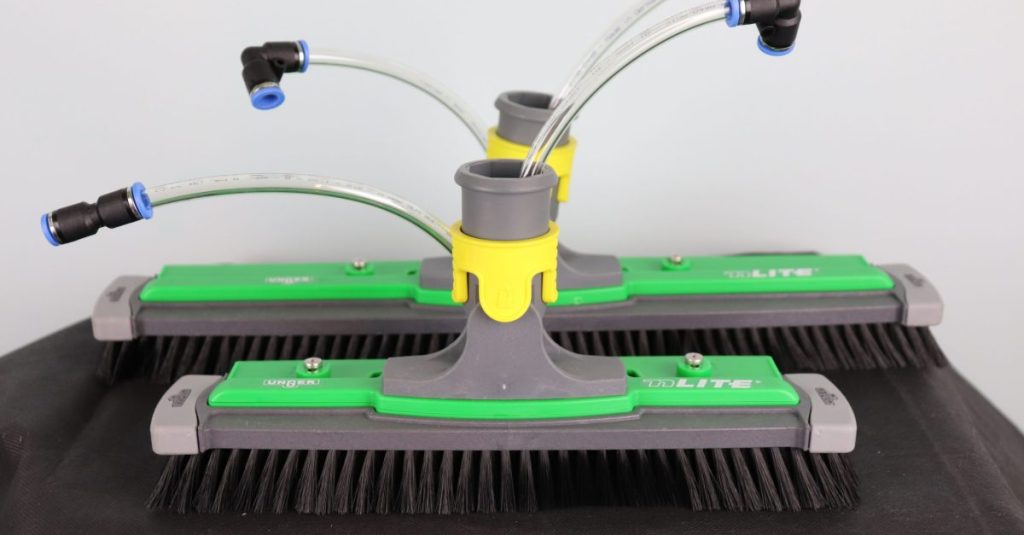
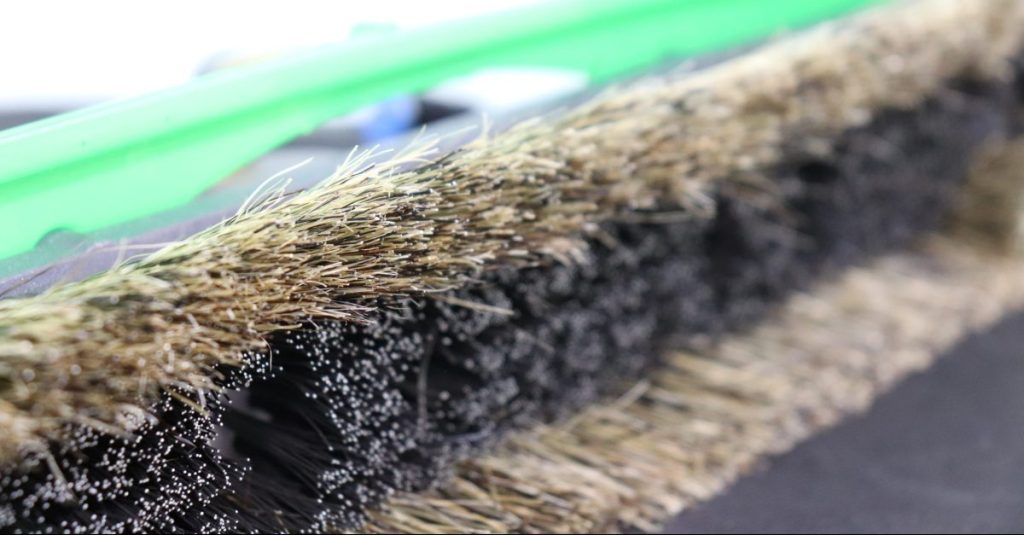
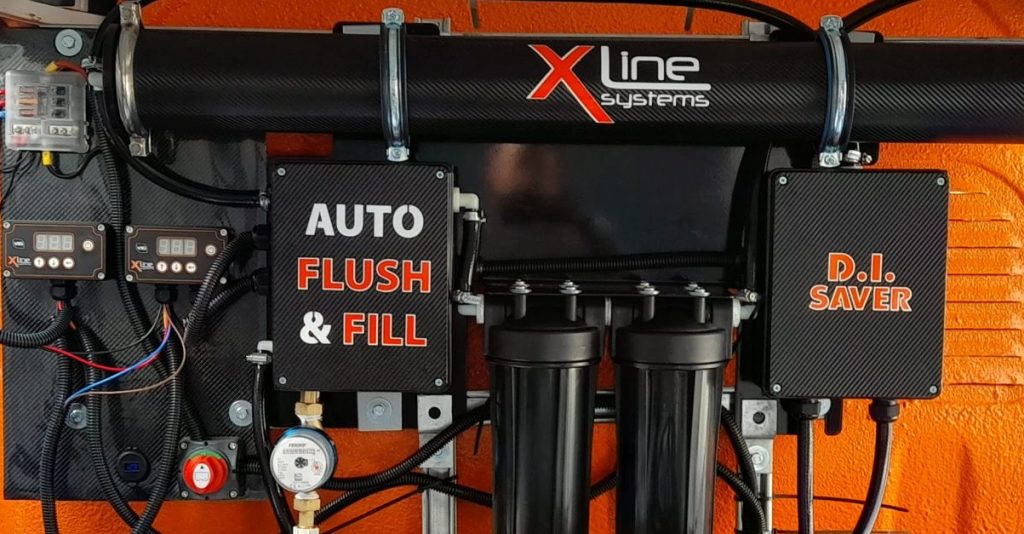
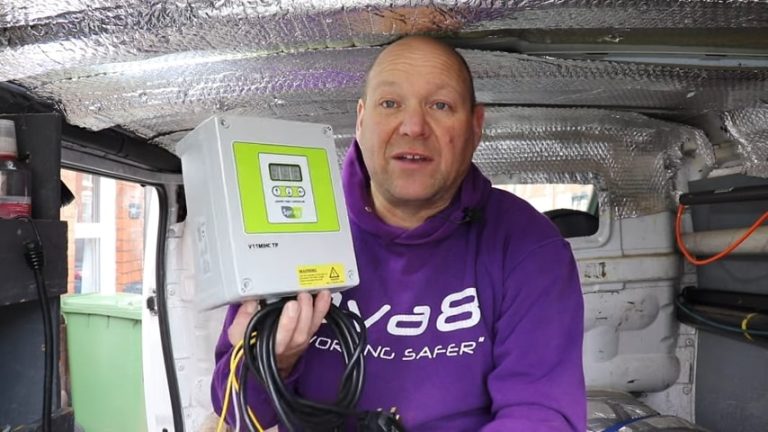
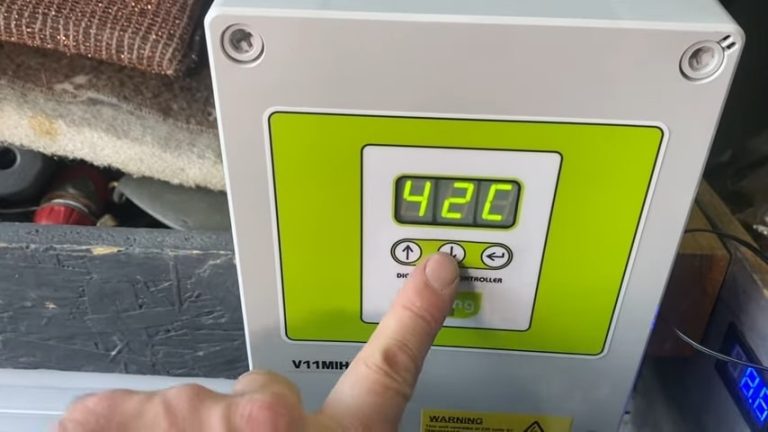
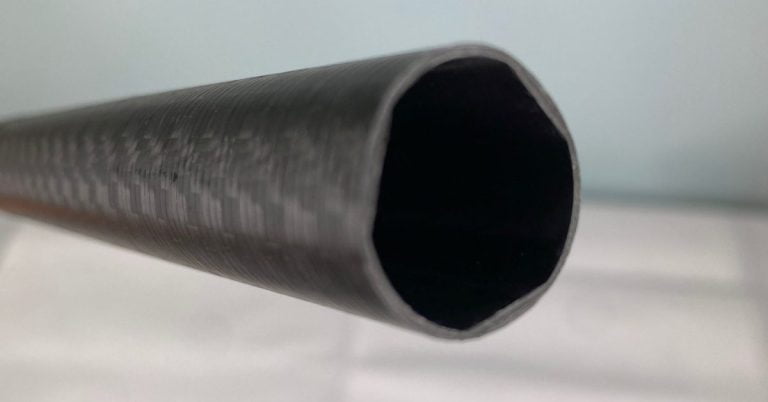
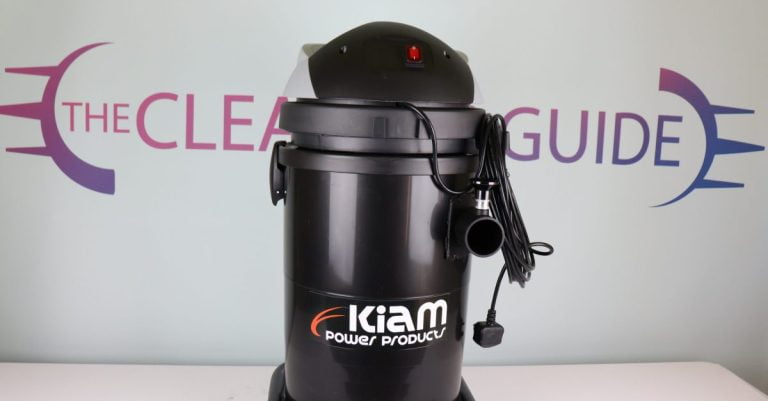
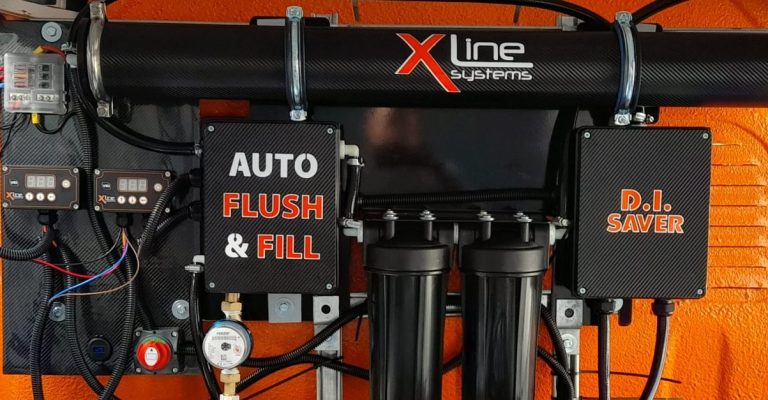
Pole comparison table
Click on the header to sort the table
*We only had an 18 ft pole to test so the span was about 200mm shorter. The shorter the span, the less it should deflect.
These are some of the poles available on the market. If you purchase by following our links we may make a small commission